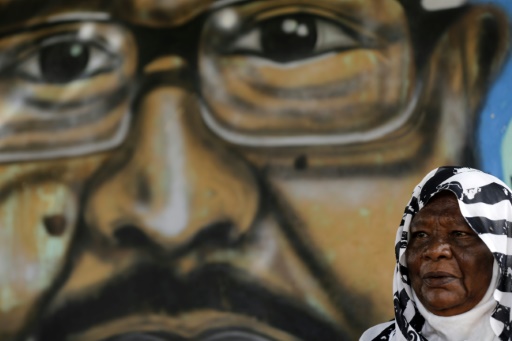
[ad_1]
Sudanese protester Walid Abdelrahim was shot dead last month in Khartoum, but his mother is still alive, thanks to a colorful mural of his smiling face on the wall of their house.
"The painting keeps him alive," said Maiyssa Omar, the strangled voice, while she was talking about her son, killed in a three-day national civil disobedience campaign in June.
The campaign was launched following a brutal raid on June 3 in the capital during a week-long sit-in, which left dozens dead and hundreds injured among protesters.
"When I see his painting … it gives me strength.I am proud to be the mother of a martyr," said to AFP Omar while looking at his painted son's face on the wall of their one-story house in Bahri northern district in Khartoum.
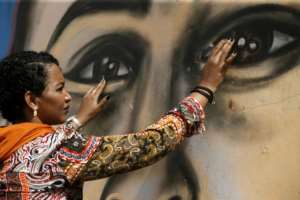
The portrait is part of a campaign launched by Sudanese artist Assil Diab to draw murals and graffiti to commemorate the protesters killed during the month-long protest movement shaking the northern country. East of Africa.
According to doctors close to the protest movement, 246 people have been killed in Sudan since demonstrations erupted in December. The officials gave a lower death toll.
The demonstrations first broke out against the regime of veteran leader Omar al-Bashir. Following his eviction by the army on April 11, protesters continue to agitate against the ruling generals who took power.
These murals are specifically drawn on the walls of houses of protesters or their neighborhoods.
"Immortalize their heritage"
Diab, a former employee of the Doha-based Al-Jazeera television network, and her team were motivated by a cry of protest: "Our martyrs are not dead, they are alive among the revolutionaries!"
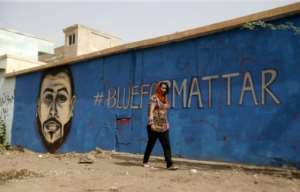
"The idea is to immortalize their heritage at home and make the inhabitants of their neighborhoods proud of a martyr who sacrificed his life for Sudan," said Diab, 29, on the phone. , at AFP.
"Graffiti gives life to martyrs and reminds them of people even if they themselves have supported the revolution or not."
Diab, who lives in the Qatari capital with her family but often returns to her country, said painting each mural cost her about $ 635, given the high price of the colors and tools she uses.
"But the martyrs took to the streets and died for us, the least we can do for them," said Diab, who drew about thirty portraits of protesters killed in Khartoum.
For years, these works of art remained clandestine in the midst of censorship imposed by security guards at the hands of the Bashir regime, who considered it an anti-establishment or vandalism.
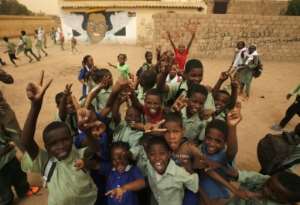
But the artists say that everything has changed since the demonstrations erupted. Dozens of murals have flourished on the walls of Khartoum since the first weeks of the uprising.
Capital neighborhoods like Bahri, site of regular events, have become a backdrop for artists like Diab.
One of these paintings on a blue wall depicting a youth club in Bahri is that of protester Mohamed Mattar, who was one of the dozens of people killed during the raid on the protest camp.
"This painting inspires me to participate in the protests to meet the demands of those who have died for us," said Mujahid Sadeq, a resident of Bahri.
"I did not know Mattar before, but now we all know him."
"Dangerous experience"
A student in Britain, Mattar was back to visit his family and had just turned 26 when he decided to spend a night with the protesters at the sit-in.
His death in the raid had evoked a solidarity campaign on social media under the hashtag #blueformattar.
"We decided to draw his face here because it is a large space where as many people as possible can see it," said Eythar Gubara, a member of Diab's team.
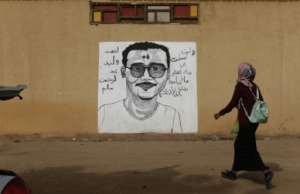
Some of the paintings designed by Diab are also protesters killed during the crackdown on anti-austerity rallies in September 2013.
Among them, Babikir Anwar, whose face was drawn by Diab on a wall of his family's house in the Shambat neighborhood.
"We will not forget Bakur," he wrote under the table, referring to his nickname.
"This gives me the impression that he is with me, as if he was sitting in front of me," said Anwar's mother, Adawiya Mohamed, dressed in a robe traditional black.
"I am happy that Sudan still remembers its heritage."
Diab said drawing graffiti was not easy.
His team often came up against the resistance of the dreaded paramilitary group, the Rapid Support Forces, accused by the rights group of leading the raid on June 3.
"It was a dangerous experience, but it was worth taking risks," said Diab.
"I wanted to immortalize the legacy of these martyrs in the best way I know … thanks to graffiti."
Source link